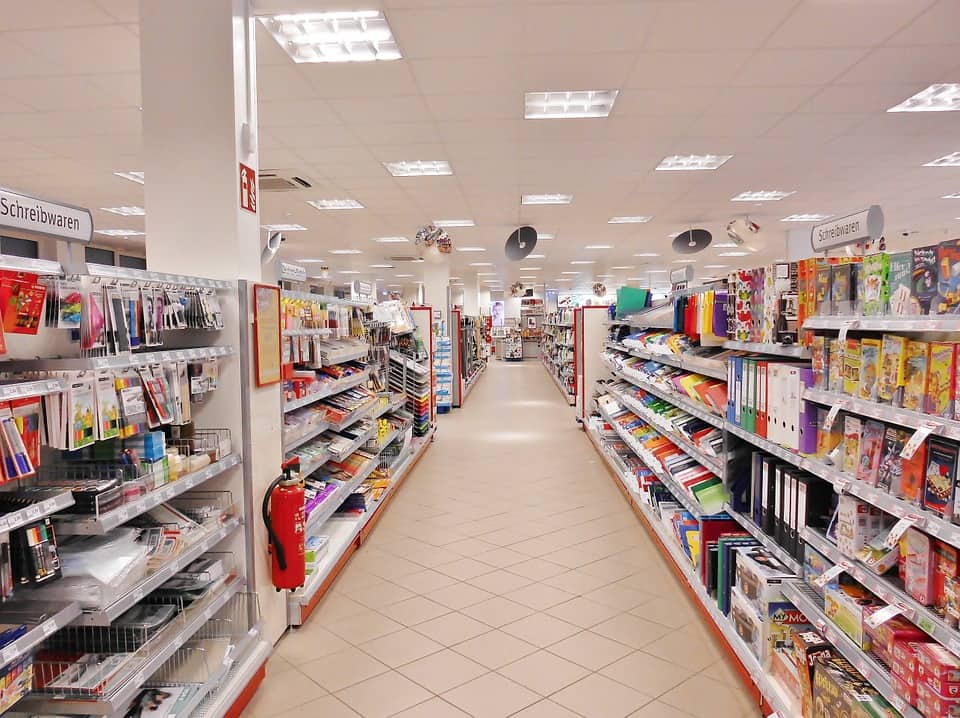PVC shrink wrap is one of the most commonly-used packaging material in the world thanks to its light-weight, inexpensive, multi-purpose capabilities. The type of material you choose can be dependent on a variety of factors, including the type and shape of the product you need to protect, how delicate it is and whether or not it is perishable. Here at Kempner, we believe PVC film will meet retail packaging needs on any shrink wrap system. However, there is an increasing level of apprehension regarding health in relation to PVC and pressing concerns about the sustainability of the method have led to some countries banning its production altogether. Here at Kempner, we thought we’d take a closer look at all things PVC, starting with what it actually is, before determining the advantages and disadvantages of the versatile material so you can find out if use of PVC could benefit your business.

What is PVC?
PVC is a traditional means of shrink wrap that is often used to protect the retail items and food packaging. Upon the application of heat, the film shrinks around the product to provide complete protection to whatever is inside and is tamperproof for any item that requires a little more security. Here at Kempner, we provide rolls of PVC at a variety of thicknesses, including 15, 17, 21, 22, and 35 microns to suit every requirement of the product and will offer discount for orders in volume.
Advantages
PVC is renowned for its light-weight, inexpensive, multi-purpose capabilities but the positive aspects of this material don’t stop there. We’ve explored some of the core advantages to using PVC for your shrink-wrapping needs.
Versatility
PVC is the shrink wrap of choice for companies with a wide range of different items as it can be used on a multitude of shapes, designs and product types. It is compatible with most shrink wrap machinery, meaning you won’t need to make major changes to the current functioning of your system to accommodate it. A great all-round option that allows you to keep production uniform and is likely to entitle you to more volume discounts, bringing overall costs down to a bare minimum.
Product Presentation
It’s long-since been known that the packaging of a product will always contribute to whether or not someone decides to buy one product to another. PVC film allows you to get ahead of competitors with a neat and tidy aesthetic that can be designed and manipulated in accordance to your preferences. Products are likely to look all the more enticing when they have been protected from damage in transit whilst displayed beside other alternatives that haven’t.
Tamper-Proof
Thanks to the secure nature of PVC, it will be easy to determine whether or not your box has already been opened, instilling further confidence in the product, whatever it may be. This makes the film perfect for popular retail products including DVDs, novelties, games, boxed foods and consumer electronics to name just a few.
Disadvantages
Despite the clear advantages to using PVC, there are a few shortcomings to utilising this material for your business. Keep reading for an in-depth exploration into some of these drawbacks to see whether, in your view, they outweigh the positive aspects.
Health Concerns
It’s widely thought that harmful by-products are created as a result of the chemical composition of PVC, during both the creation and decomposition of the product. Countries as well as some brands that are based around social and corporate responsibilities have taken steps to limit the creation of PVC, or even ban it altogether so as to avoid these health concerns. That said, it is easy to overcome these issues by providing a well-ventilated working environment that complies to regulations and puts staff well-being first. Most workplaces that utilise shrink-wrapping machinery will already be able to accommodate these conditions, making it only a real concern for those who are starting to shrink wrap products for the first time.
Sustainability
In the current climate, achieving zero carbon emissions by 2050 means that sustainability is at the forefront of everyone’s minds, be it in relation to business or social means. Whilst PVC film is not the most eco-friendly of shrink wrap film, as we highlight in our recent blog post, What Packaging Materials are Biodegradable?, there is no such thing as carbon neutral shrink wrap. Companies can take any number of steps to make their business more planet-friendly across the board, but often that can start with going paper-free in the office, recycling old furniture and products that you no longer use and providing the means to make greener choices whilst at work with projects such as the Cycle to Work scheme.
To conclude, whilst there are various health and environmental concerns argued against the use of PVC film, here at Kempner, we believe these are manageable by all accounts and certainly won’t affect modern businesses in such a way that would affect usability. It may not be the most environment-friendly of materials, but there’s very little choice when it comes to protecting your product and this kind of shrink wrap will actually discourage waste. If you’d like to purchase some PVC or polyolefin shrink wrap, don’t hesitate to contact us here at Kempner, and someone will be more than happy to assist with any other questions or queries you may have about the materials we provide.


